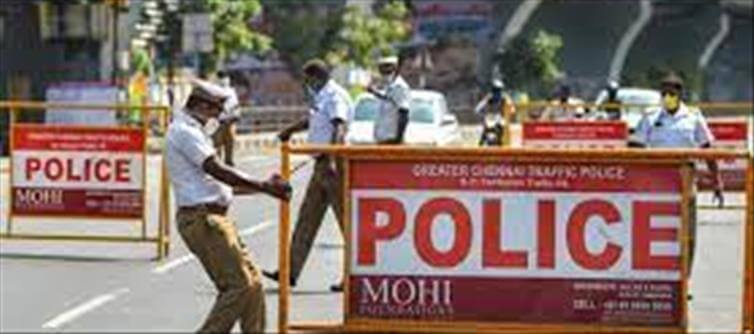
How india Fared in the Covid Lockdown?
.jpg)
The march 2020 lockdown helped to flatten the curve and gave time to expand the health infrastructure, but it did not halt the spread of infection (as it caused a significant reverse migration from cities).
It also took longer than many other major countries to ease restrictions that were put in place three years ago when india went into one of the strictest lockdowns in the world. In march 2020, the COVID-19 government response stringency index value was 100, signifying the tightest restrictions conceivable. Only in 2022 did it fall below 50, according to data from the tracker Our World in Data, which collects data from the Oxford university index.
An analysis of monthly data from various nations by the business Standard reveals that many others in the top five economies of the world had fewer restrictions or unwound sooner.
As of september 2020, Germany's stringency index number had fallen below 50. For the majority of the epidemic, Japan's population was below 50. By July 2021, the united states had reduced its restrictions to an index number below 50. Only by march 2022 did India's stringency index number fall below 50. The only other nation where restrictions were still severe in at least some areas as of december 2022 was China.
The march 2020 lockdown helped to flatten the curve and gave time to scale up the health infrastructure, but it did not halt the spread of infection (as it caused a significant reverse migration from cities).
Before the pandemic, india was producing only 6.24 million PPE (personal protective equipment) kits annually; by june 2021, this capability had increased to 238.87 million pieces. Data from the Association of indian Medical Device Industry, a national body representing manufacturers of medical devices, shows that from only 3,360 ventilators produced annually to over 7 lakh today.




 click and follow Indiaherald WhatsApp channel
click and follow Indiaherald WhatsApp channel